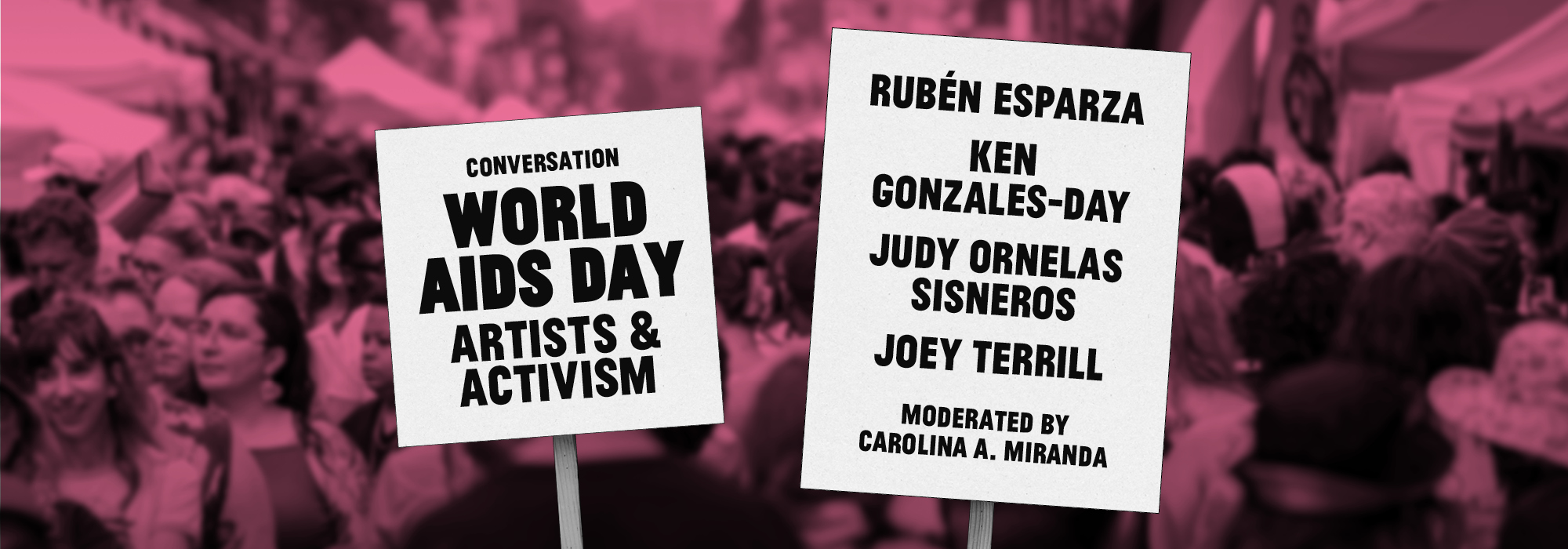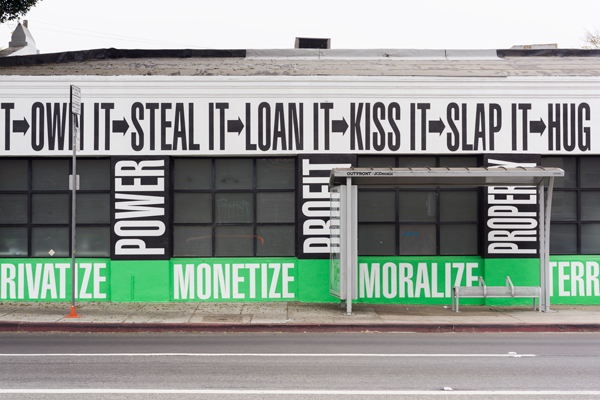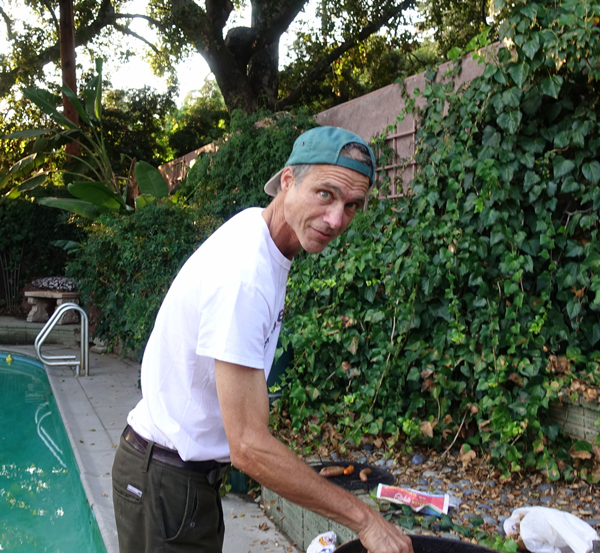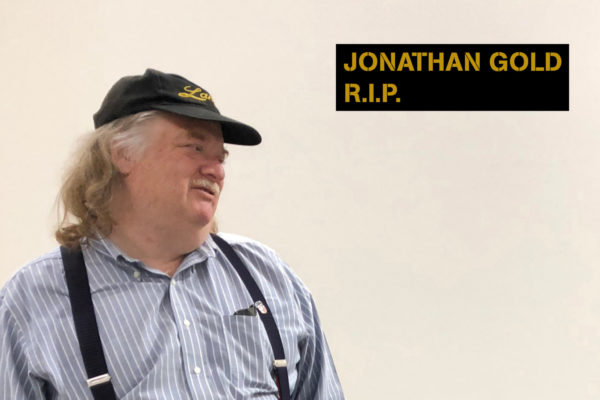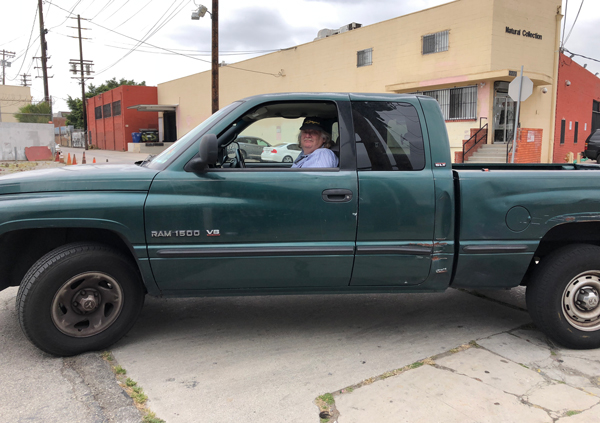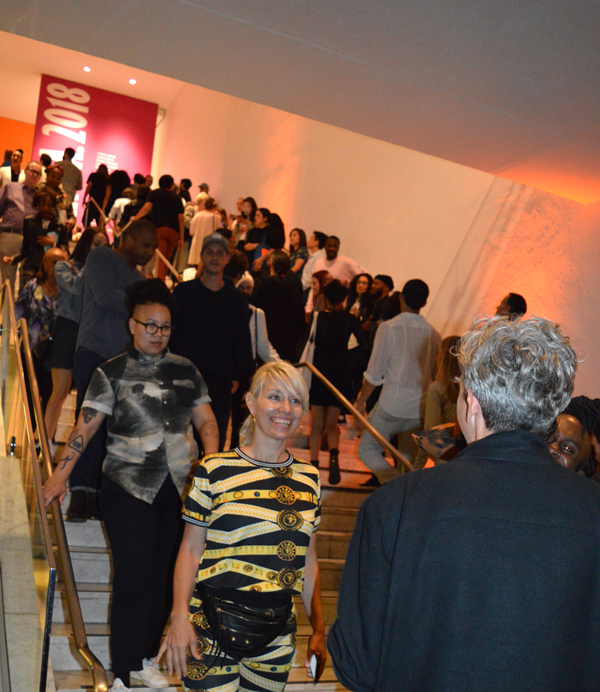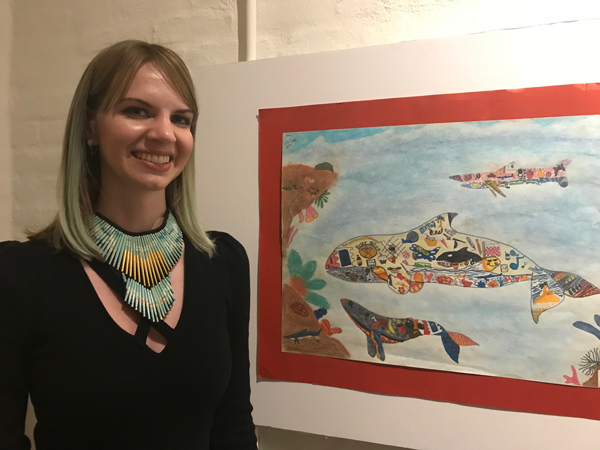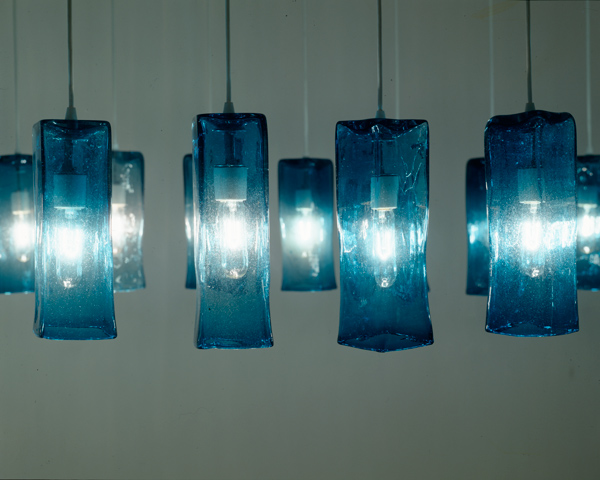Dear Reader, The art world as we know it today is an industry. Like it or not, it is a conglomerate not unlike the film or music industry. It is a hierarchical system to be sure, but towards the top, the question of who rules is a little blurry. Is it the art museums...


